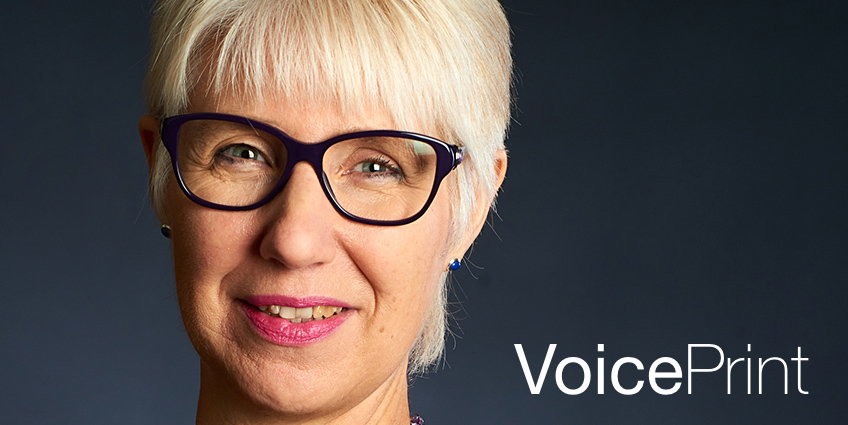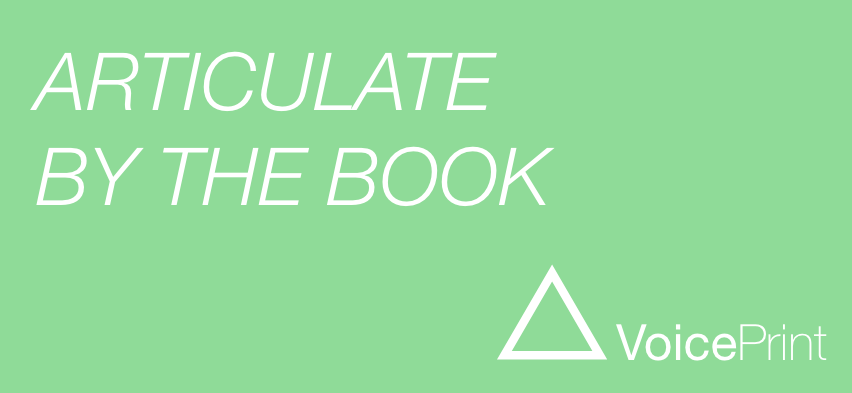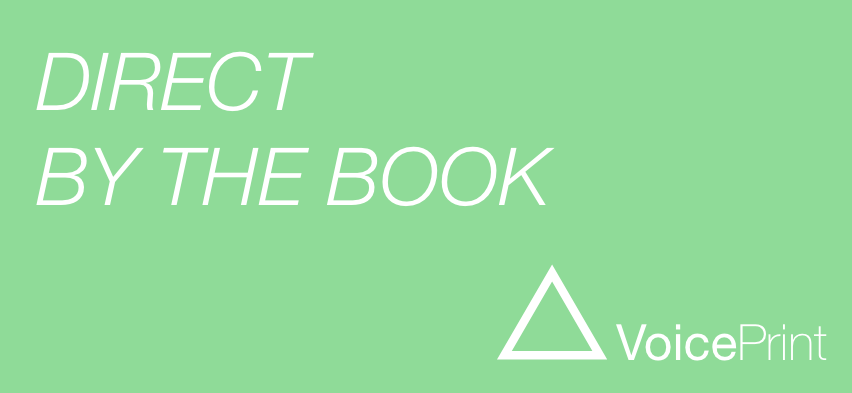
We have invited people development professionals, who have become VoicePrint trained and accredited, to share some of their thoughts and insights on working with the tool.
Rachel Harrison is an accredited Voiceprint practitioner, leadership coach and pragmatist. Rachel brings a rich blend of somatic, vocal and relational practices in the form of embodied psychology and circling to her coaching and leadership. As well as leading the learning and development company Beyond Team Transformation, Rachel is a yoga practitioner and teacher. She is based in the Midlands of England.
Have you ever found yourself speechless or heard yourself speak a profusion of words that have no connection with your inner reality? Have you found yourself hesitating as you best guess what you think others need from you?
Let’s unpack what moments like this might mean for ourselves and our clients.
Often, when exploring alternative voices in the Voiceprint coaching session, there are points where we come to a hiatus, unable to access other vocal options. This is a signal to pause and to consider exploring whether emotional blocks are hindering the formation of sentences.
Flight, fight and freeze responses will undermine access to both cognitive capacity and vocal expression. Even small emotional blocks can hinder the expression of the spoken word. The voice communicates the inner world of the psyche, when under pressure our expressions seek to get our needs met. By psyche I mean the interconnected body, mind, emotion, spirit, and vitally the breath that animates each of us.
‘Emotional blocks are the fundamental obstacle to a free voice. Muddy thinking is the fundamental obstacle to clear articulation.’
Wise words from the renowned vocal practitioner, the late Kristin Linklater. Emotional blocks, however insignificant they may seem in themselves, are so often precursors to muddy thinking and compromised expression. And I’m not necessarily talking deep emotional patterns here. Sometimes our conditioning is progressive and subtle, embedded in a good upbringing intended to help us to fit into society, to get on at school and in our careers.
The challenge of accessing the authentic or free voice
Authentic communication may be adversely affected by strongly held emotions, conscious or unconscious, whether our communication is focused on ‘impressing’ others, or ‘expressing’ our true selves. Either can raise anxiety. Impressing has deep roots in our need for acceptance and to be liked; at source it is a survival strategy. Expressing ourselves can challenge and test our self belief.
What can we do? Here are the steps that I find helpful when working on this challenge with my clients.
Enable them to self connect
Recognise when these moments happen. This may appear to arise firstly in the speaker as the sound of an internal voice inhibiting speech. Prior to this, however, a whole host of somatic reactions and neurological connections will already have been made. The earlier we can ‘catch’ these primary reactions, the sooner we can help our clients reconnect with their authentic voice and with greater potential to articulate and express themselves freely.
Start with the breath and the body
Slow down the pace — give yourself and your coachee time to drop into a deeper level of connection. Slow down your breathing and encourage them to do the same. Help them relax a little; stress in the body will significantly reduce the instrument of the voice being able to work fully.
Tune into yourself — use empathic connection
What do you feel in your body, what emotions are being evoked, what do you imagine is going on in your coachee right now? Can you offer your experiences to them with curiosity to help them self connect? Even if you don’t say these things, noting them can be a useful clue, offering the ground to work from a deeper empathic connection.
- ‘I’m feeling a strong sensation in my stomach right now; is this true for you too?’
- ‘I’m imagining a rabbit in headlights; is this familiar in any way?’
- ‘Right then I went blank too; when has this happened before?’
Tune into them
Observe any changes in their body posture.
- I noticed your right shoulder lift; what was going on there?
- I noticed your body slouch. How old did you feel in that moment?
- I noticed you foot-tapping previously; what does this mean for you?
Help them recognise beliefs that create muddy thinking, which may mean teasing out the physical clues and emotional internal voices. Invite them to shift posture to take the shape of the voice they desire to express.
We are trying to work with the block in the present moment, reconnecting with the authentic voice in order to access clear thinking.
Wherever you start, allow plenty of time and space to surface patterns of holding. You may well discover that this will enable greater clarity and access to other voices too.
I have found all of the above to be great coaching and self coaching tools and also a great opportunity to develop our use of the exploring voices. They also remind us that while the exploring voices require a slower pace, they deliver great benefits, enabling psychological safety and a meeting of not only minds but heart, body and soul.
Rachel Harrison can be contacted at [email protected]
Ready for a conversation?


